QR Codes vs. NFC: Comparative Statistics for 2025
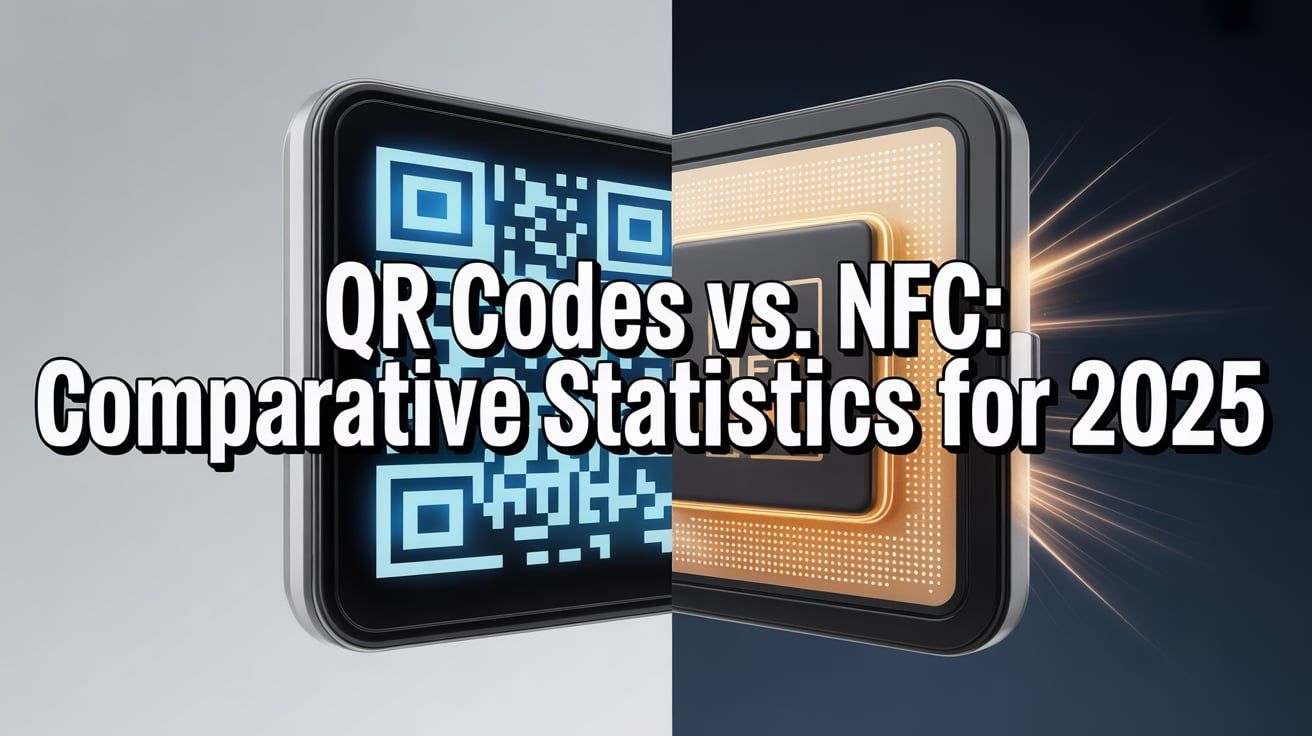
As we sail further into the digital age, new technologies continue to emerge and revolutionize the way we interact with the world around us. Among these technologies, Quick Response (QR) codes and Near Field Communications (NFC) have risen to prominence, especially in the midst of global pandemic, wherein contactless interactions have become not just a convenience, but a necessity.
The Power of Digital Advancements
The digital era has brought profound advantages that span every industry and facet of personal life. It has paved the way for instantaneous information exchange, facilitated seamless communication across global boundaries, and revolutionized business processes. Particularly, the surge of the internet and smartphones has dramatically modified consumer behavior, with people now leaning towards quick and simplified solutions for their everyday needs.

Bridging the Physical and Digital Worlds with QR Codes and NFC
Contactless technologies like QR codes and NFC represent ingenious solutions to bridge the physical and digital worlds swiftly and effortlessly. By storing digital data in physical forms, they render an array of offline objects capable of leading to online actions or content.
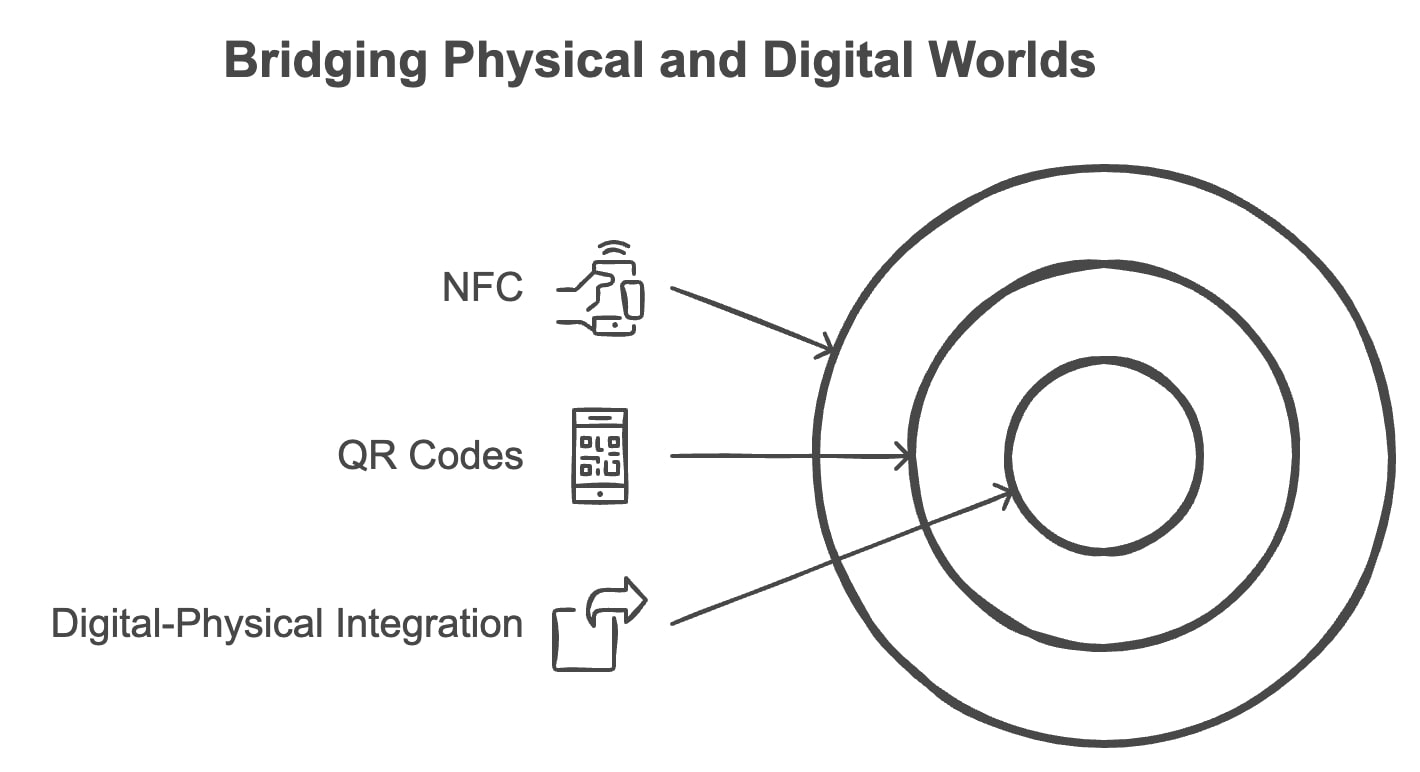
QR Codes: The Scannable Links
QR codes are two-dimensional barcodes that store data in a pattern of black and white squares. Users can scan these codes using their smartphone cameras to access the embedded digital content. QR codes are versatile and can contain links to websites, photos, text messages, and more. They are widely adopted across various industries, and their use has particularly spiked amid the COVID-19 pandemic.
NFC: Tap for Interaction
NFC, on the other hand, is a contactless communication method that enables data exchange between two devices brought within a few centimeters of each other. NFC technology provides instantaneous and effortless interaction, initiating data transmission with a simple tap. NFC tags link to a plethora of digital content, serving multiple purposes, from detailed product descriptions to payment processes.
In the upcoming sections, we will delve into the statistics to analyze the use of these two remarkable technologies in 2024 with respect to their applications, security concerns, and future perspectives.
Overview of QR Codes and NFC Technology in 2024
Establishing a solid understanding of these two technologies, how they work, and where they are primarily used lays an important foundation for our statistical examination.
QR Codes: Connecting the Dots
Quick Response (QR) Codes are essentially two-dimensional barcodes – a matrix of squares that can hold a significant amount of data. They have seen a surge in usage, providing businesses of varying sizes an inexpensive means to connect with their customers.
The simple mechanism of QR codes – scan-and-direct – makes accessing information as easy as opening a smartphone camera. The code could direct users to anything from a website to a ticket for an art exhibition. As a result, QR codes are prominently featured in numerous sectors such as retail, healthcare, and the automotive industry.
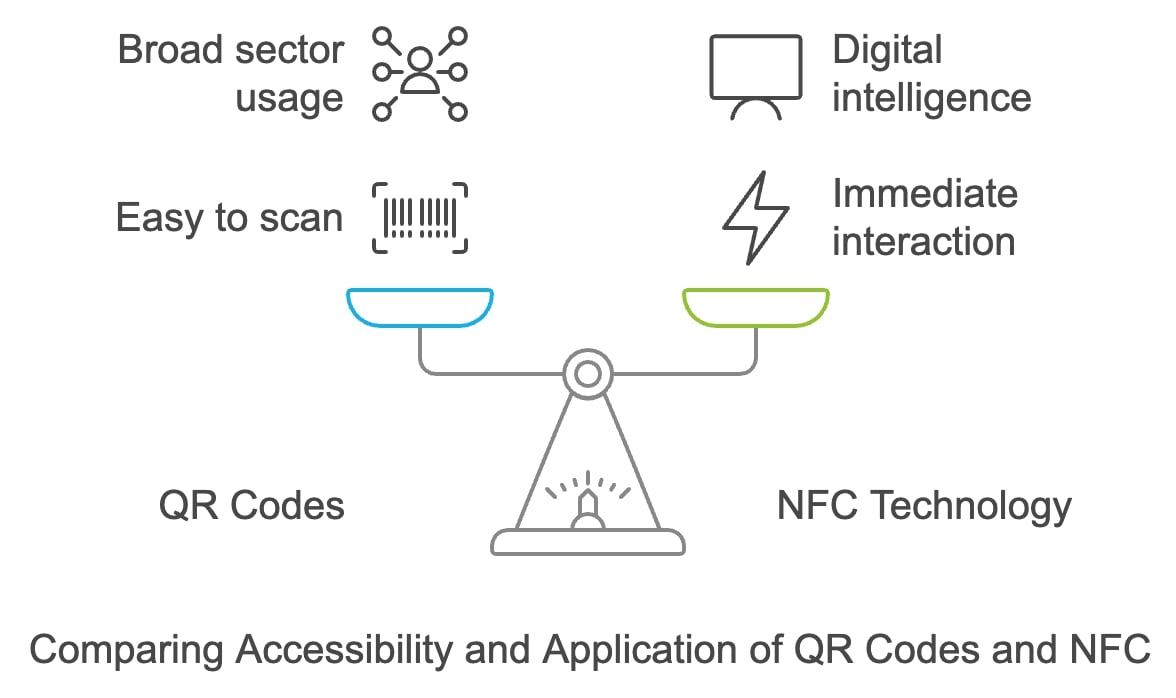
NFC Tags: Just a Tap Away
A progressive stride in radio frequency identification technology (RFID), Near Field Communication (NFC) creates an exclusive interaction when two enabled devices come within a few centimeters of each other. This method is convenient, making QR codes' scan-and-follow seem slightly cumbersome in comparison.
The experience of NFC tags is interactive and immediate; a simple tap allows the content to be viewed right away. NFC is predominantly employed for contactless payments, digital access control, loyalty programs, and many more, adding a level of digital intelligence to everyday items.
Decoding QR Codes: 2024 Usage and Impact Statistics
Unquestionably, the rapid rise of QR codes has significantly impacted the digital marketing landscape. QR codes are budget-friendly and easy to produce, making them accessible to businesses of all sizes. Let us delve into numerical data to understand how QR codes are shaping industries in 2024.
QR Code Adoption: A Global Snapshot
In the past few years, the use of QR codes has proliferated globally owing to its cost-effective nature and seamless application. Certain industries have been particularly more agile in embracing this technology—retail, advertising, and food & beverage sectors lead in QR code integration.
QR Codes and Consumer Engagement
A QR code can instantly direct customers to special deals, product details, or other forms of relevant content, providing them with a rich and interactive brand experience. The codes serve to engage customers effectively, thus driving loyalty and brand preference.
A Game-Changer for Marketers: Tracking Consumer Behavior
QR codes are not merely a tool for connecting with customers; they also serve as a vital means to gain insights into consumer behavior. By connecting to analytics tools, information like scan location and frequency could be obtained, providing invaluable feedback on campaign effectiveness and consumer preferences.

In conclusion, the widespread adoption and success of QR codes can be attributed to their adaptability, accessibility, and analytics-driving capability. How does this compare with NFC tags? Let's dive in.
NFC in 2024: A Statistical Overview and Market Impact
As consumer behavior evolves alongside technological advances, Near Field Communication (NFC) offers an innovative way to engage customers. Despite being costlier than QR codes, NFC gives a seamless, interactive experience valued by consumers and businesses alike. Here's a look at NFC's performance and impact in 2024.
Rapid Market Growth of NFC Technology
NFC technology, being a key player in enabling contactless transactions, has seen speedy growth. The quick and protected data transfer, along with a wide scope for application, marks the increased acceptance and dependence on NFC.
Enhanced User Experience: A Primary Driver
NFC's success primarily lies in the kind of user experience it delivers. The tap-to-access feature adds to convenience and is particularly beneficial in environments where speed and ease of transaction are of utmost importance.
NFC in Retail: A Closer Look at the Numbers
NFC technology is widely adopted in the retail sector due to the ease of access to product information and contactless payment features it provides. It delivers a unique shopping experience by giving the user detailed product descriptions with just a tap on the label.
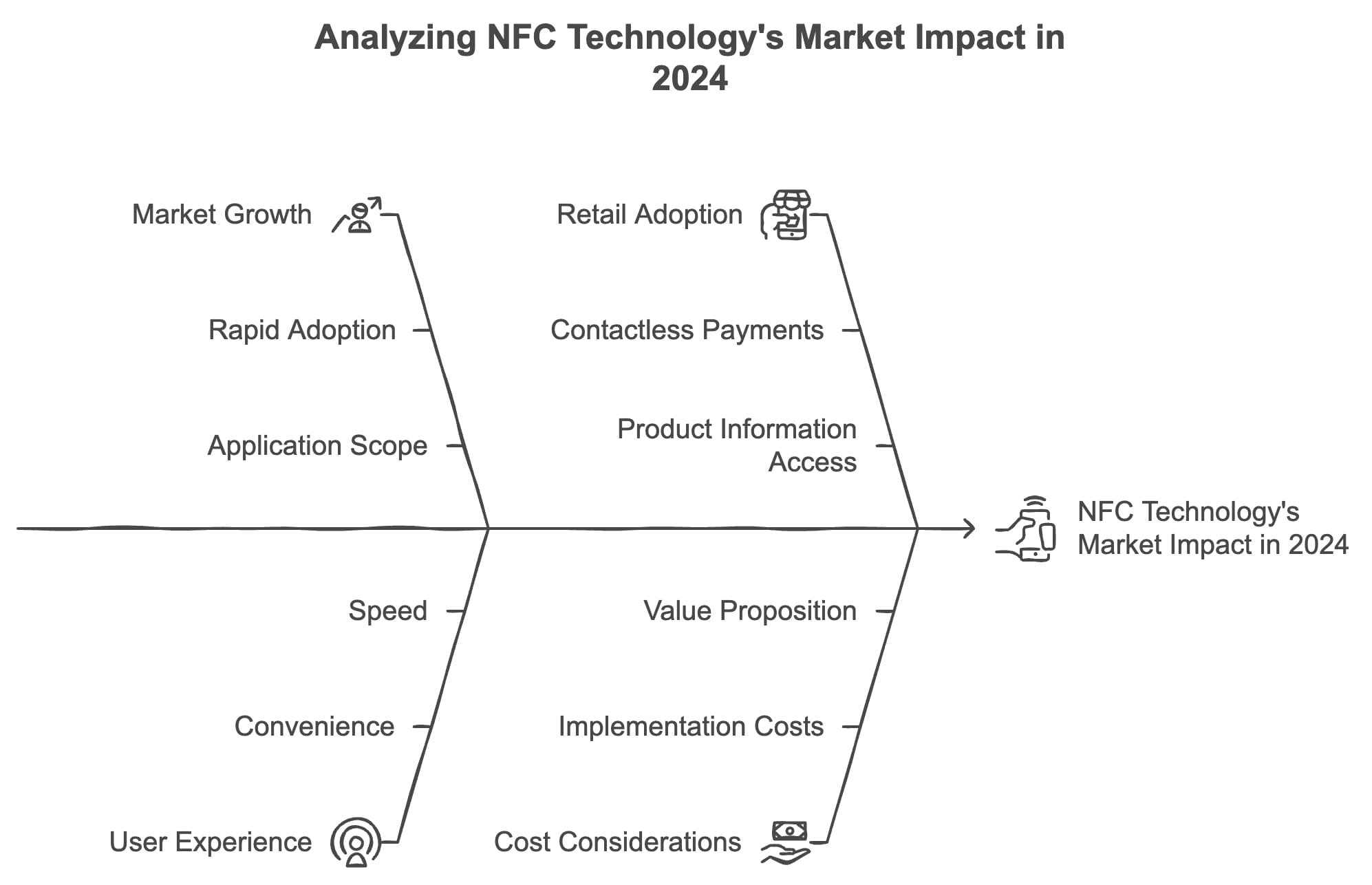
In a nutshell, while the implementation costs for NFC technology are higher than QR codes, the benefits in terms of user experience and the capacity for high-value applications make NFC an attractive solution for various businesses. The question is, how does NFC measure up when placed head-to-head with QR codes? Let's dive into a comparative overview.
QR Codes vs NFC Tags: A Comparative Analysis in 2024
Now, let us take a closer view of how these technologies, each with its unique strengths and weaknesses, fare when brought into comparison with each other.
Compatibility and Global Acceptance
While NFC technology is exclusively accessed by NFC-enabled smartphones, QR codes require only a camera to be decoded, making them universally compatible with most smartphones. This implies that QR codes have a wider audience reach at present.
User Experience
Although QR codes have widespread compatibility, NFC offers a highly interactive and effortless experience for users, requiring just a tap rather than opening a camera app and focusing it on the QR code.
Use Cases and Applications
Both QR codes and NFC tags have their unique advantages depending on the usage context. QR Codes function efficiently for file transfers and open-source marketing, while NFC shines in areas demanding high-speed and secure transactions like contactless payments.
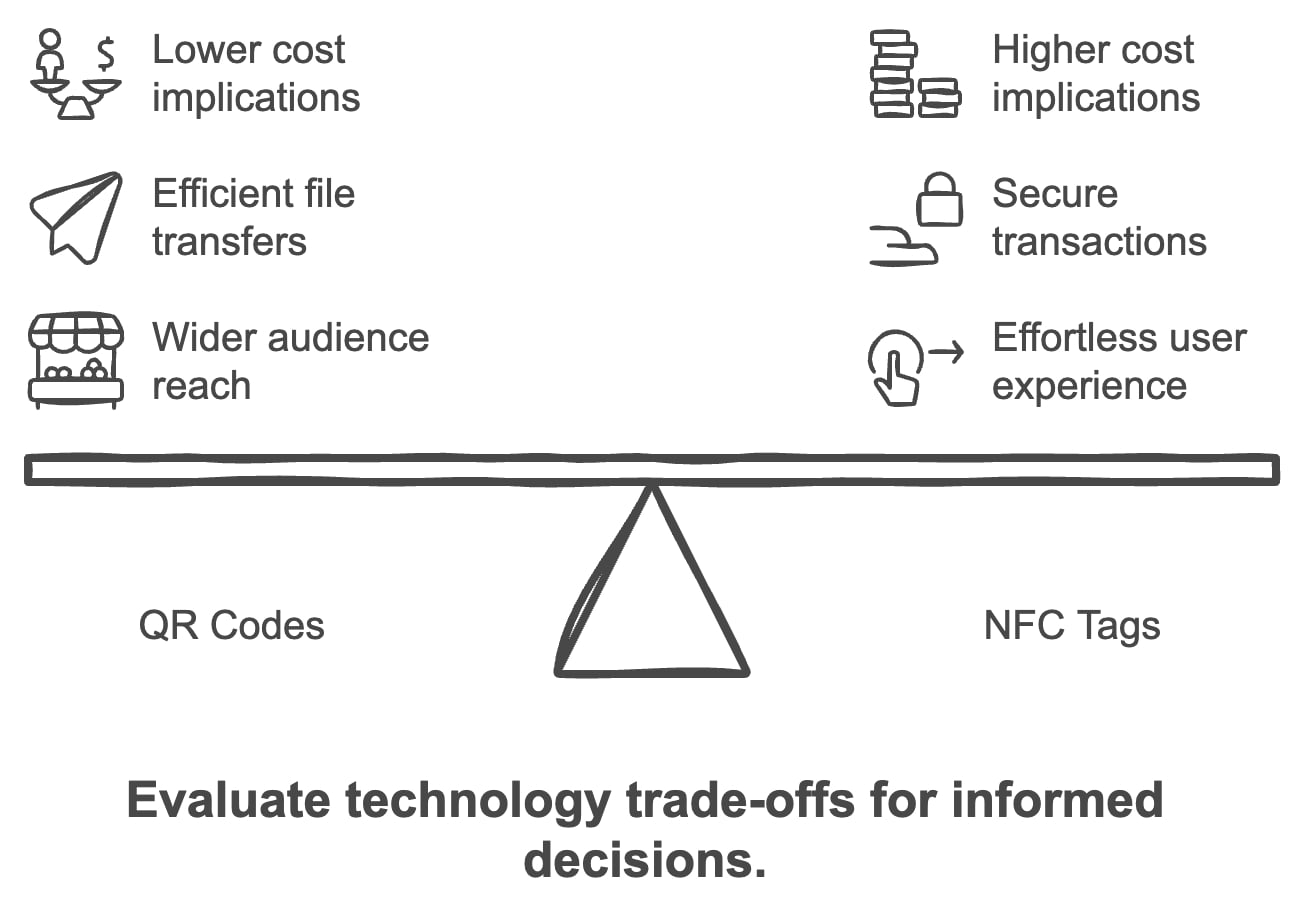
Security Concerns
QR codes, while more accessible, are susceptible to security threats like QR code swapping or duplication. NFC, being a wireless communication requiring close proximity, poses minimal security threats.
Cost Implications
The superior security and user experience of NFC come with a higher cost compared to QR codes. The trade-off between security and cost is a critical consideration for businesses.
By assessing the statistical data and considering the unique advantages and challenges of both technologies, brands can better decide which technology aligns with their specific needs. Let's now explore the security aspects in detail.
How Secure are QR Codes and NFC Tags?
As the adoption of NFC and QR code technologies continues to grow, so do the security concerns associated with them. In this section, we delve into the security vulnerabilities and the measures taken to prevent misuse of these technologies.
QR Codes: An Easy Target?
QR codes, by virtue of their design and widespread usage, may be susceptible to security threats. They can inherently be easily duplicated, and there is a risk of "QR code swapping," where malicious QR codes are swapped with authentic ones.
Moreover, since QR codes can potentially store sensitive data, they can be potentially abused to leak such information. However, implementation of security measures like encryption and using trusted QR code generators can mitigate these risks.
NFC Tags: Secure Yet Brief Range
NFC, by comparison, is frequently seen as more secure. Being a contactless communication technology, NFC requires close proximity, thereby minimizing the risk of eavesdropping or data interception. Additionally, NFC transmissions are typically encrypted, providing an additional layer of security.
However, just like any technology, NFC isn't completely impervious to security threats. One possible vulnerability is data manipulation, where the data on an NFC tag is altered or replaced. Practices such as regularly checking and updating the security protocols can help keep these risks at bay.
To sum up, while both QR Codes and NFC bring certain security challenges, businesses and consumers can follow best practices to use these technologies efficiently and securely. Next, we'll look to the future, assessing trends that may dominate the use of these technologies.
Future Trends: Projections for QR Codes and NFC in 2024 and Beyond
In this ever-evolving technological landscape, what does the future hold for QR codes and NFC tags? Here, we explore their projected growth paths and potential upcoming trends.
QR Codes: Defining Future Communication
Despite being invented over 25 years ago, QR codes are showing no signs of slowing down. The global pandemic underscored their value, with businesses creatively deploying QR codes for contactless menus, ticketing, and myriad other applications. Looking ahead, they're set to further invade our lives with more advanced and interactive uses, rooted in the growing Internet of Things (IoT) ecosystem.
NFC: Beyond just Payments
While inextricably linked with contactless payments, NFC's potential extends far beyond. Retailers are now leveraging NFC tags for interactive shopping experiences, providing product information, user manuals, or even augmented reality (AR) features with a simple tap. Additionally, the integration of NFC with wearables opens a world of possibilities for personal use and healthcare applications.
[Consider adding a graph or chart illustrating the projected adoption of NFC in non-payment applications.]
Converging Paths: The Synergy of QR Codes and NFC
Contrary to the common perception of rivalry, QR codes and NFC tags often complement each other in campaigns. With each best suited to different environments and catering to different customer preferences, their joint usage offers consumers versatility, thereby improving engagement.
Both QR codes and NFC tags continue to evolve in fascinating ways. Leveraging these technologies in synergy, while keeping in line with their unique strengths, can provide engaging, interactive, and flexible experiences for users.
Conclusion: QR Codes & NFC — Powering the Digital Age
Our exploration into the world of QR codes and NFC tags has highlighted how these technologies are reshaping interaction kinetics in the digital era. Let's wrap up by highlighting the key takeaways.
Factors in Favor: The Benefits Side-by-Side
Depending on their requirements and user preferences, businesses can harness the respective strengths of both QR codes and NFC tags.
QR Codes: Universally accessible, cost-effective, and adaptable, QR codes foster widespread user engagement across multiple industries. They offer an attractive, low-cost solution for businesses, making physical-to-digital connections more convenient for end-users.
NFC Tags: Offering a seamless and interactive user experience, NFC tags provide a high level of security and the potential for more complex data exchanges. Their applications extend from simplifying retail shopping experiences to making contactless payments efficient, fast, and secure.
The Verdict: The Better Choice?
When it comes down to QR codes vs. NFC, the deciding factor often isn't about one being "better" than the other. It is more about which one aligns best with your marketing strategy, target audience, and overall business objectives.
For instance, if low-cost and wide reach are paramount, QR codes are beneficial. However, for high-end products where a seamless user experience is key, NFC tags come out on top.
Looking Ahead: The Future of QR Codes and NFC
Driven by advances in smartphone technology and the increase in contactless interactions, both QR codes and NFC tags are projected to grow substantially, creating exciting opportunities for businesses and consumers alike. However, it is critical to continue evolving and innovating these technologies to effectively cater to ever-changing customer expectations and needs.
In conclusion, QR codes and NFC have become an integral part of the digital landscape in 2024 and will continue to influence how businesses and consumers interact in the future. Armed with the knowledge of their extensive capabilities, the only question that remains is how we will choose to utilize them next. There's no doubt that both QR codes and NFC will continue to push the boundaries of our digital interactions in the years to come.
Relevant Tools for QR Codes and NFC Tags in 2024
When embarking on your journey with QR codes or NFC technology, having the right tools is crucial. Let's look at prominent tools available in 2024 to help you maximize the benefits of both technologies.
Top QR Code Generators of 2024
Generating QR codes should be a seamless process. Here are a few top QR code generators with their notable features:
- Offers free QR code generation and no sign-up is required.
- Enables customization by adding logos and colors.
- Features a high-resolution download format.
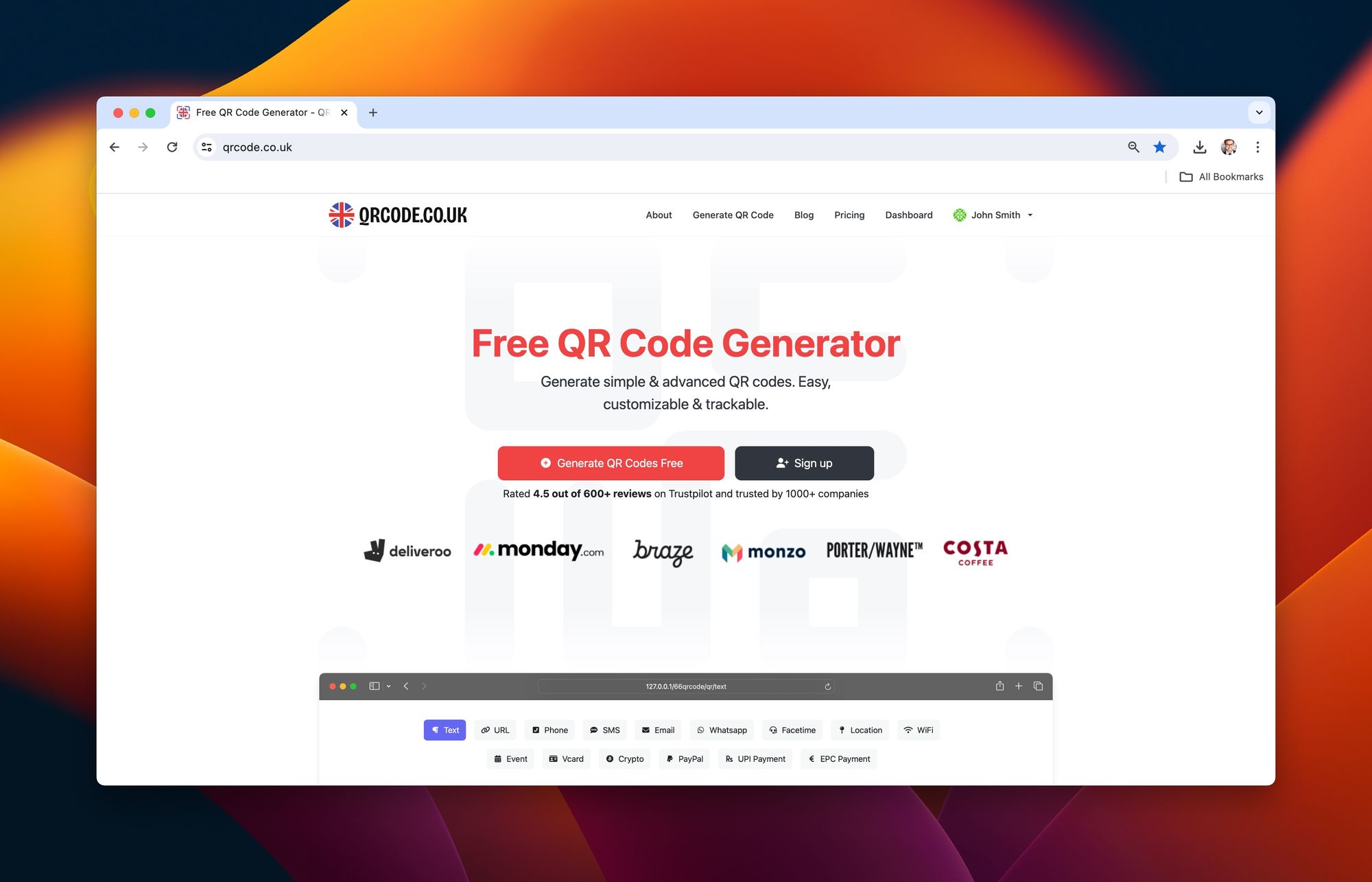
Leading NFC Technology Providers in 2024
For businesses seeking to leverage NFC technology, these providers stand out:
- Offers a free QR code generator with high-resolution, static QR codes.
- No subscription required for QR code generation.
- Customizes NFC business cards and review cards.
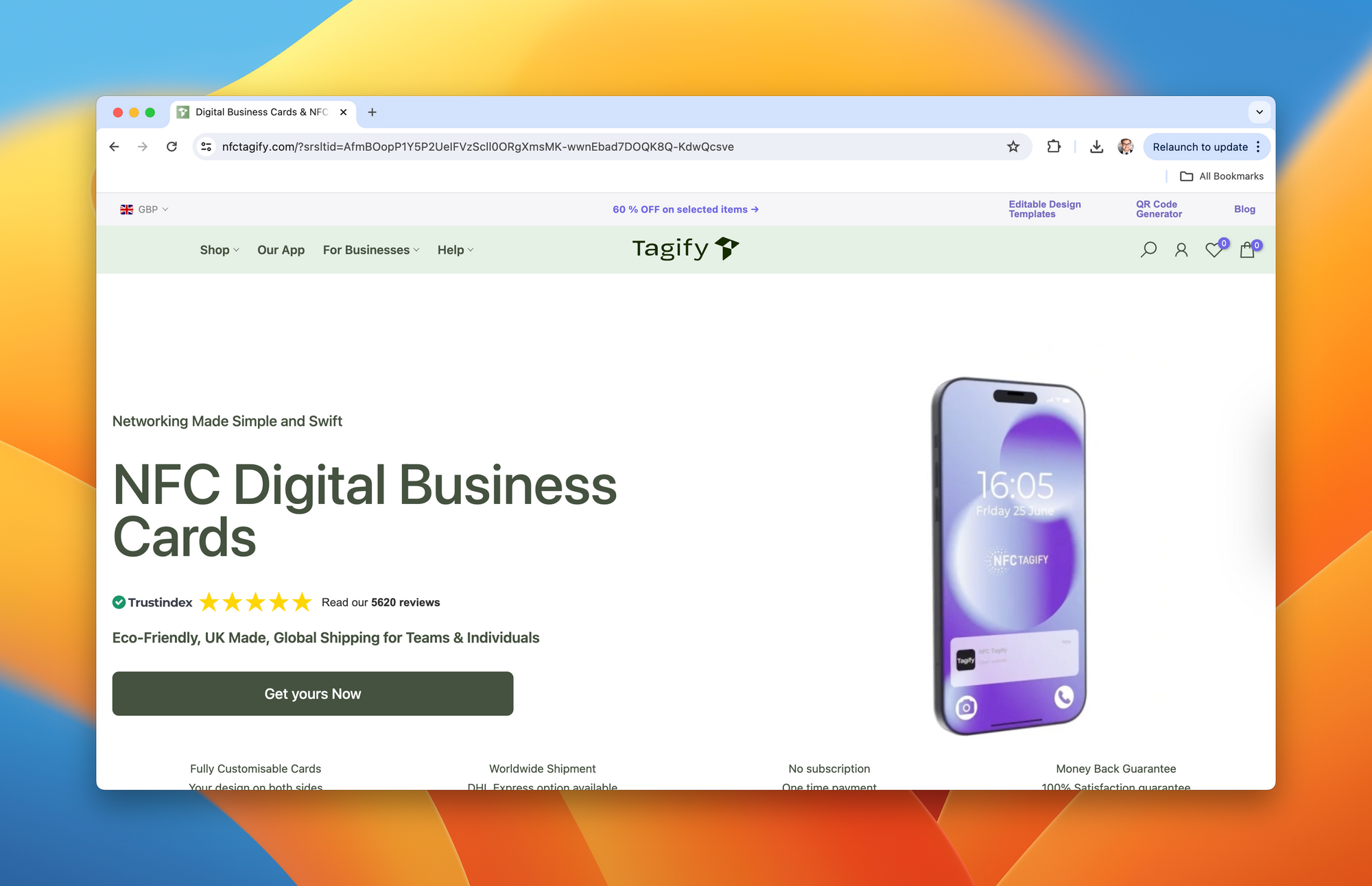
Choosing the right tools is vital for a smooth and successful journey with both QR Codes and NFC. Carefully consider your business needs and capabilities before choosing a suitable QR code generator or NFC technology provider. As we advance further into the digital age, these tools will continue to evolve alongside the needs of businesses and consumers.
Embracing the Digital Transformation: How to Store NFC Devices Near Magnets
As we continue to delve into NFC and QR codes, it's essential to consider the practicalities of handling and storing these devices. This section will focus on providing a comprehensive set of best practices for preserving NFC devices near magnets.
Understanding the Science Behind NFC and Magnets
NFC technology operates based on the principles of electromagnetic induction, and thus, requires careful handling around magnetic fields for optimal performance and longevity.
Potential Risks and Interferences
The presence of magnets can potentially affect the functioning of NFC devices, interfering with data transmission and leading to data errors or loss. Here are a few points to consider:
- Magnetic fields can disrupt the NFC signal, resulting in data errors or loss.
- Correct shielding mechanisms are necessary to protect the NFC signal and prevent interference.
- The use of protective cases or sleeves is advisable to safeguard NFC cards from magnets.
Real-world Scenarios and Tests
To understand the impact of magnets on NFC devices better, real-world tests and scenarios prove helpful. These involve examining the behavior of NFC devices when exposed to magnets of varying strengths and distances.
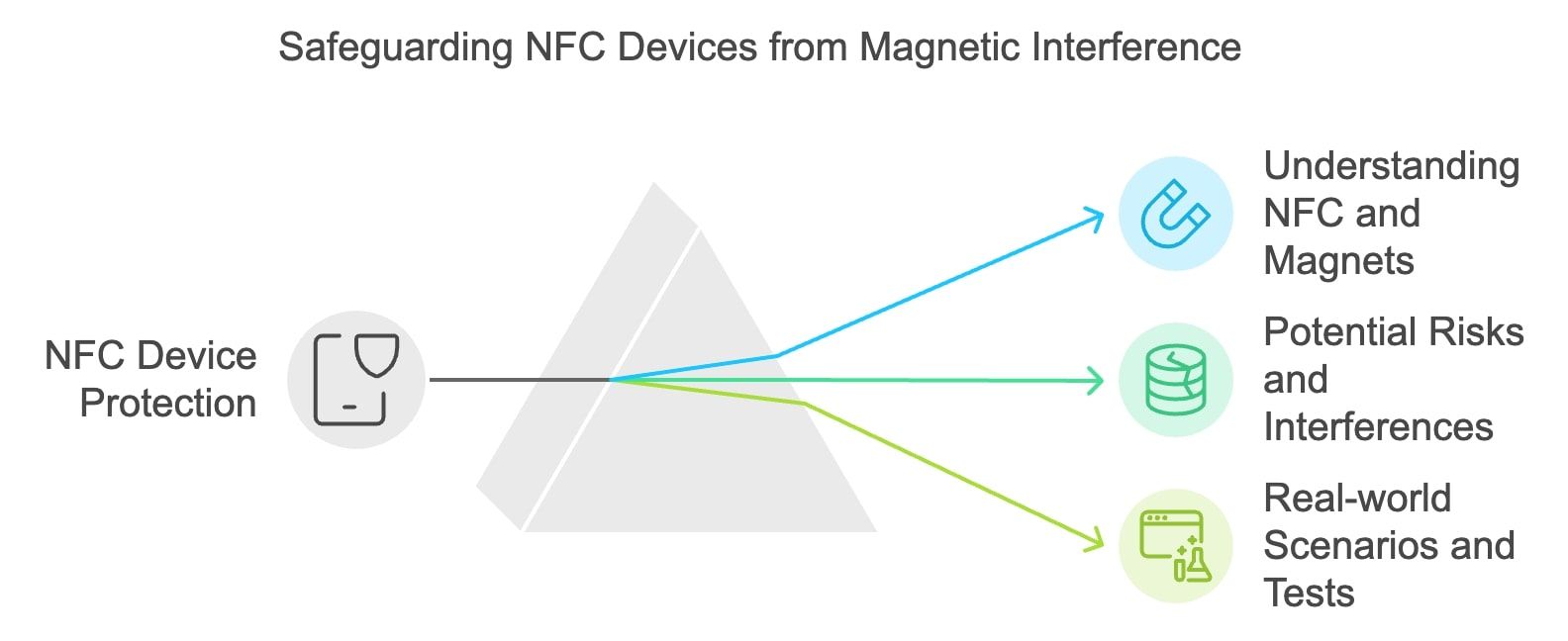
NFC Devices and Magnets: Best Storage Practices
Given the potential risks, it's advisable to adopt certain best practices when storing NFC devices near magnets:
- Maintain Distance: The NFC device should ideally be kept at least 10 cm away from any magnets.
- Shield from Strong Magnetic Fields: Avoid exposing the device to strong magnetic fields, which could result in data loss or damage.
- Use Protective Cases: When not in use, store the NFC device in a protective case.
In conclusion, while magnets can affect NFC devices, careful handling and storage can ensure their safe and efficient functioning. Even in proximity, NFC and magnets can coexist without causing significant issues, provided these best practices are followed.
Frequently Asked Questions (FAQs) about QR Codes and NFC in 2024
To further assist readers, we will address some of the common questions related to QR codes and NFC technology. Let's discuss.
What Types of Data Can Be Stored in NFC Tags?
NFC tags can store a variety of data types, such as text, URLs, contact information, and even small media files. They also retain small amounts of data in the form of NDEF messages, specifically devised for NFC communication.
Can NFC Tags Be Used to Track the Location of an Object?
Yes, NFC tags can be deployed to track the location of an object. By attaching them to any item, these tags can be scanned to pinpoint the object's location. They also store additional data, such as the scanning time and date.
What Are the Differences Between NFC and Bluetooth-Based Data Transfer?
NFC and Bluetooth-based data transfers differ in several ways, such as range, power usage, speed, security, and compatibility. NFC offers a shorter range and faster data transfer than Bluetooth, but it consumes more power. NFC generally provides enhanced security and compatibility with more devices, whereas Bluetooth is more widely available.
How Does the Range of NFC Compare to That of QR Codes?
NFC typically has a shorter range than QR codes. NFC functions up to about 10 cm, whereas QR codes can be scanned from larger distances, depending on the size and quality of the code.
Navigating through this digital world can often be daunting, but by asking the right questions and seeking answers, we hope to make the journey a little easier. Although not exhaustive, these FAQs address some of the essential information about QR codes and NFC tags in 2024.
Check other articles you may want to look:
Are Free QR Code Generators Safe?
How Many QR Code Combinations are Possible?

